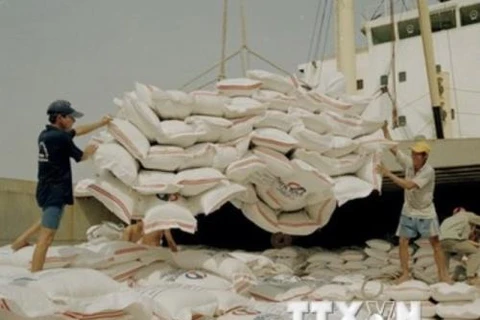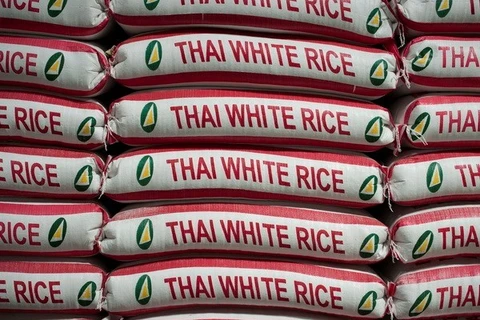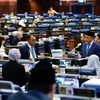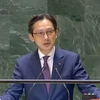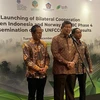Bangkok (VNA) – The Thai government will reduce rice-growing zones throughout the country from 61.74 million rai to 55.8 million rai (8.93 million hectares) to balance supply and demand in the next harvest season.
Permanent secretary of the Commerce Ministry Chutima Boonyaprapha-sara said the government will announce a comprehensive rice cultivation plan for the harvest which details areas where rice will be grown and when the cultivation will start.
The zoning will be based on data from the Geo-Informatics and Space Technology Development Agency (GISTDA), which enables to draw up an agri-map to allocate areas for agricultural production and rice cultivation, she clarified.
The rice production will be overseen by 28 inspection teams who will monitor the whole rice cultivation process from growing to harvest. GISTDA’s satellites will be deployed to keep track of rice cultivation specified in the agri-map and provide real-time information about rice cultivation situation.
To encourage farmers to group together in the form of a cooperative or farming group for easy access to financial funding, the ministry said that the Bank of Agriculture and Agricultural Cooperatives has pledged to provide low-interest loans worth 5 million THB (142,500 USD) for each farming group.
Farmers can be assured that their products will be bought as about 300 rice millers have agreed to join the new rice cultivation plan.-VNA

